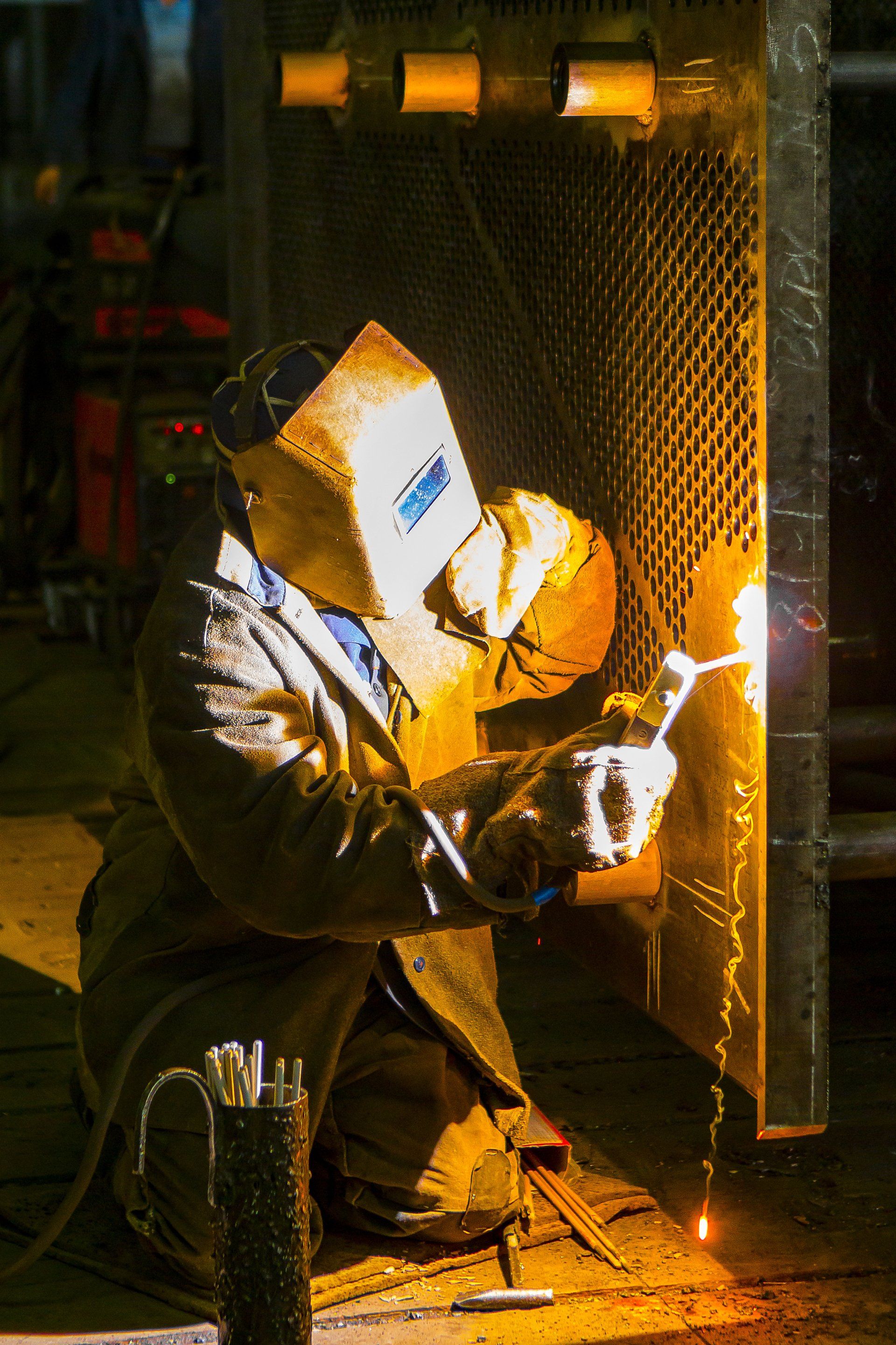7 Benefits of Implementing a Planned Preventative Maintenance Program
7 Benefits of Implementing a Planned Preventative Maintenance Program
Cost savings through reduced repairs and breakdowns
One of the primary benefits of implementing a planned preventative maintenance program is the significant cost savings it offers. By following a schedule of regular inspections, cleanings, and repairs, you can catch potential issues before they escalate into major problems. This proactive approach not only eliminates unexpected breakdowns but also reduces the need for expensive emergency repairs.
When equipment breaks down unexpectedly, it often results in costly downtime, lost productivity, and the need to hire external technicians at a premium rate. However, with a planned preventative maintenance program in place, you can identify and address potential problems before they cause a breakdown. This allows you to schedule maintenance during convenient times, minimizing disruptions to your business operations.
Moreover, preventative maintenance helps to extend the lifespan of your equipment. Regular cleaning, lubrication, and calibration can keep your machinery in optimal condition, reducing the wear and tear that leads to breakdowns. By avoiding major repairs and replacement costs, you can allocate your budget to other critical areas of your business.
Implementing a planned preventative maintenance program is an investment that pays off in the long run. By reducing repair costs, minimizing downtime, and extending the lifespan of your equipment, you can achieve significant cost savings and improve your bottom line.
Increased equipment lifespan and reliability
Equipment is a vital asset for any business, and maximizing its lifespan is crucial for long-term success. When equipment fails prematurely, it not only leads to costly repairs but also disrupts your operations and affects your productivity. By implementing a planned preventative maintenance program, you can extend the lifespan of your equipment and ensure its reliable performance.
Regular inspections and maintenance activities help identify and resolve minor issues before they become major problems. By addressing these issues promptly, you can prevent further damage to your equipment and avoid premature failure. Additionally, routine maintenance tasks such as cleaning, lubricating, and replacing worn parts contribute to the overall health and longevity of your equipment.
Furthermore, a planned preventative maintenance program allows you to keep up with manufacturer recommendations and warranties. Following the recommended maintenance schedule ensures that your equipment remains in compliance with warranty terms, enabling you to take advantage of any potential repairs or replacements covered by the manufacturer.
By investing in preventative maintenance, you not only extend the lifespan of your equipment but also increase its reliability. This means fewer unexpected breakdowns, reduced downtime, and improved operational efficiency.
Improved safety and compliance
Safety is a top priority in any workplace. Implementing a planned preventative maintenance program helps you create a safer environment for your employees and customers by reducing the risk of accidents and equipment failures.
Regular maintenance activities include safety inspections, ensuring that your equipment meets all safety standards and regulations. By identifying potential safety hazards and addressing them promptly, you can prevent accidents and injuries. This not only protects your employees but also safeguards your business from potential legal issues and liabilities.
Moreover, a well-maintained and reliable equipment fleet enhances compliance with industry regulations. By staying up to date with maintenance tasks, you can ensure that your equipment meets all relevant standards, certifications, and inspections. This helps you avoid fines, penalties, and reputational damage that may result from non-compliance.
Investing in a planned preventative maintenance program demonstrates your commitment to safety and compliance. By proactively managing your equipment's maintenance, you create a secure and compliant environment for your employees and customers.
Enhanced operational efficiency and productivity
Equipment breakdowns and unexpected repairs can have a significant impact on your business's productivity and efficiency. When critical machinery fails, it often leads to downtime, delays in production, and missed deadlines. Implementing a planned preventative maintenance program helps you keep your operations running smoothly and maximize your productivity.
By following a regular maintenance schedule, you can identify and address potential issues before they escalate into major problems. This allows you to schedule maintenance activities during periods of low demand or non-production hours, minimizing disruptions to your workflow. Planned maintenance also ensures that your equipment is operating at peak efficiency, optimizing your output and reducing downtime.
In addition, a well-maintained equipment fleet improves the accuracy and quality of your products or services. Regular maintenance tasks such as calibration and adjustments help to maintain consistent performance and prevent variations in output. This ensures that your products meet the required specifications and customer expectations, enhancing your reputation and customer satisfaction.
Implementing a planned preventative maintenance program is essential for maximizing operational efficiency and productivity. By minimizing downtime, optimizing equipment performance, and ensuring consistent output quality, you can streamline your operations and achieve higher levels of productivity.
Better asset management and inventory control
Efficient asset management and inventory control are crucial for businesses of all sizes. By implementing a planned preventative maintenance program, you can gain better visibility and control over your equipment assets.
A comprehensive maintenance program helps you keep track of your equipment's condition, performance, and maintenance history. By maintaining accurate records, you can monitor the lifespan, usage, and maintenance requirements of each asset. This enables you to make informed decisions regarding repairs, replacements, and upgrades.
Furthermore, a planned preventative maintenance program helps you optimize your inventory control. By accurately predicting maintenance needs, you can ensure that you have the necessary spare parts and supplies on hand. This eliminates the need for rush orders and reduces the risk of downtime due to unavailable parts.
Effective asset management and inventory control contribute to cost savings, improved efficiency, and better overall business performance. By implementing a planned preventative maintenance program, you can maximize the value of your equipment assets and streamline your inventory management processes.
Improved customer satisfaction and reputation
Customer satisfaction is a key driver of business success. Implementing a planned preventative maintenance program can significantly enhance your customer satisfaction levels and improve your business's reputation.
When your equipment is well-maintained and reliable, you can consistently deliver products or services on time and without quality issues. This builds trust and confidence among your customers, enhancing their satisfaction. Moreover, by avoiding unexpected breakdowns and delays, you can meet customer expectations and maintain strong relationships.
Additionally, a planned preventative maintenance program allows you to proactively address any issues that may affect your customers. By resolving potential problems before they impact your customers, you demonstrate your commitment to their satisfaction and provide a higher level of service.
Customer satisfaction directly impacts your business's reputation and can lead to positive word-of-mouth referrals and repeat business. By investing in a planned preventative maintenance program, you can differentiate yourself from competitors, strengthen your reputation, and foster long-term customer loyalty.
Steps to implement a planned preventative maintenance program
Implementing a successful planned preventative maintenance program requires careful planning and execution. Here are some key steps to follow:
1. Assess your equipment: Identify the equipment that requires maintenance and evaluate its current condition, performance, and maintenance history.
2. Create a maintenance schedule: Develop a comprehensive maintenance schedule based on manufacturer recommendations, industry standards, and your specific operational needs.
3. Train your staff: Provide proper training to your maintenance team or outsourced technicians to ensure they have the necessary skills and knowledge to perform maintenance tasks effectively.
4. Establish documentation and record-keeping: Implement a system for documenting maintenance activities, including inspections, repairs, and replacements. Maintain accurate records to track equipment lifespan, usage, and maintenance history.
5. Use technology and software solutions: Leverage technology to streamline your maintenance processes. Implement a computerized maintenance management system (CMMS) to automate scheduling, track work orders, and generate reports.
6. Monitor and evaluate: Continuously monitor the performance and effectiveness of your maintenance program. Regularly review maintenance records, analyse data, and make adjustments as needed.
By following these steps, you can establish a robust planned preventative maintenance program that maximizes the benefits for your business.


